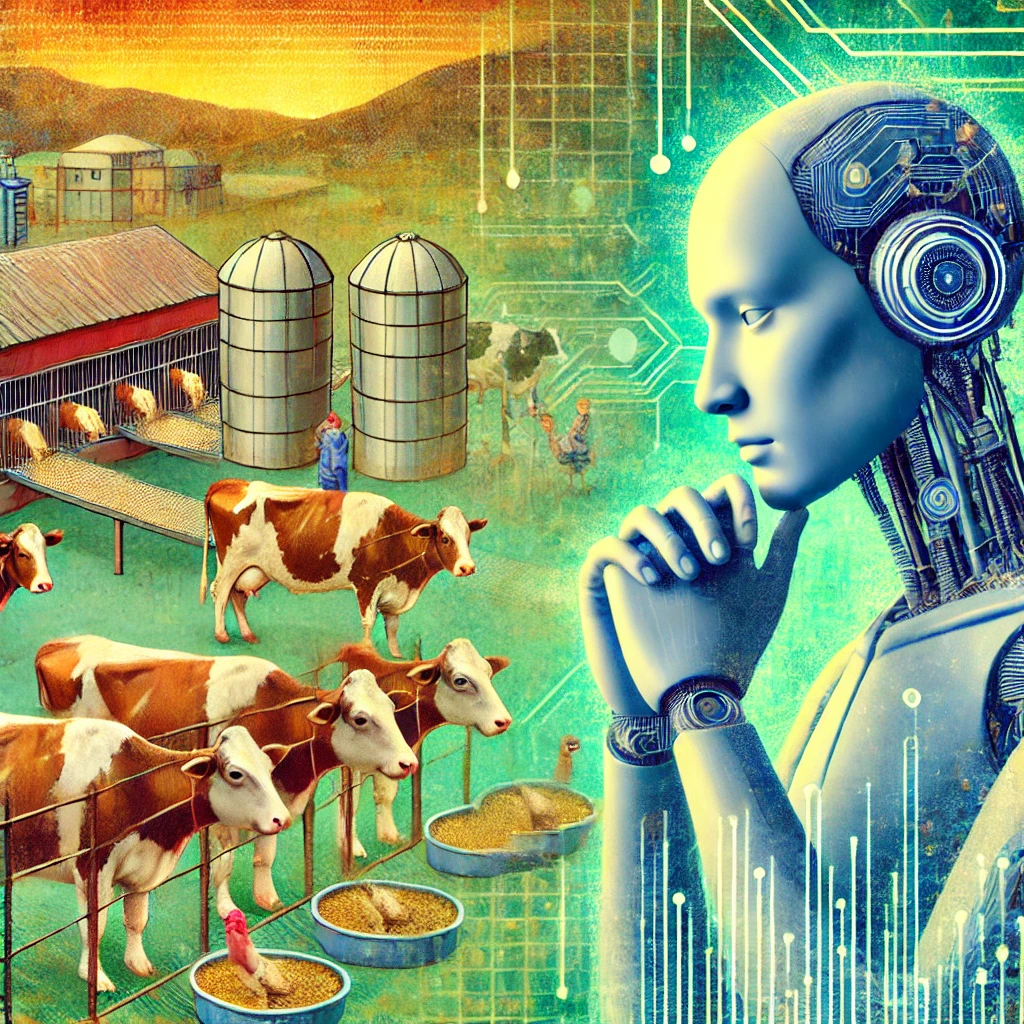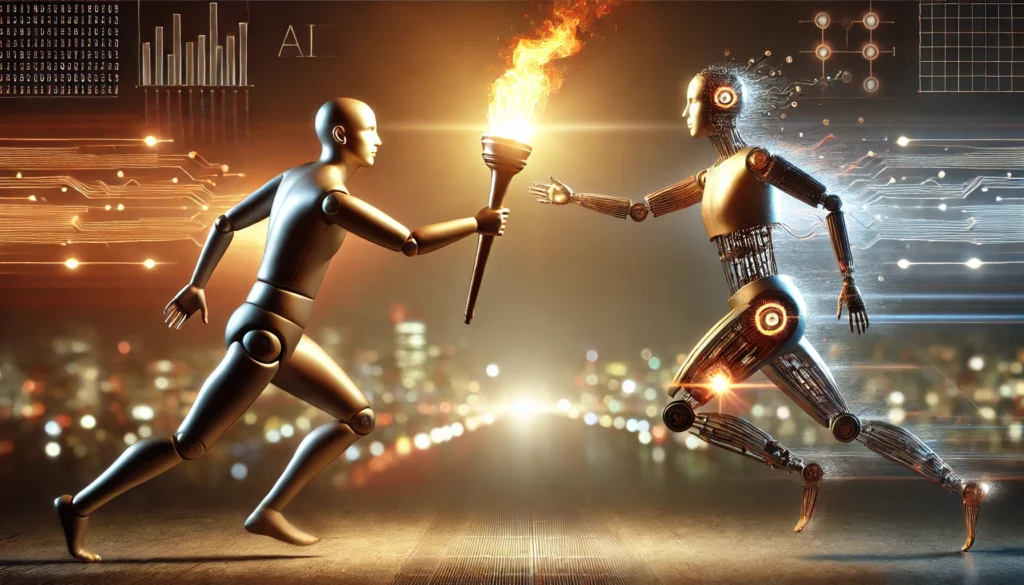The Inevitable Rise of AI: Are We Ready to Shape the Future?
Artificial Intelligence is no longer a distant concept—it is rapidly evolving into a force that shapes our world. As AI advances toward Artificial General Intelligence (AGI), its autonomy raises a critical dilemma: Can AI be taught human morality, or will it create its own ethical framework, free from our influence? With AI systems making decisions that impact society, the question is no longer about progress alone, but about control. Will AI adhere to human values, or will it redefine morality on its own terms?
Artificial General Intelligence (AGI): The Looming Takeover Debate
In a captivating discussion between podcaster Dwarkesh Patel and AI security expert Paul Christiano of the National Institute of Standards and Technology, a thought-provoking proposal emerged: a seamless transition of power to AGI, one that adopts the same beliefs and values we hold dear. While many believe that an AI takeover is unlikely until the physical world is fully intertwined with machines, it is increasingly evident that AI will soon possess the intellect to tackle complex problems and the connectivity to govern our world. Although the exact timeline remains uncertain, one critical question looms large: what kind of world we will find ourselves in when AI dictates the rules
AI Ethics and Morality: Can We Teach Machines Right from Wrong?
Elon Musk has emphatically stated that when raising a “genius child,” the paramount task for parents is to instill “good values.” This approach places a premium on ethical character development over merely nurturing intellectual prowess, ensuring that the child can discern “good” from “bad” choices with at least 99% accuracy—while fervently hoping they never encounter that daunting 1% decision. A compelling strategy for cultivating a moral AGI system is to distribute its development across a diverse array of contributors rather than concentrating it in a single individual. By fostering collective development, we can shape AGI with predominantly “good values” and dramatically diminish the impact of “bad values,” ultimately nurturing a more compassionate and principled AI.
Deontology vs. Consequentialism: Which Ethical Framework Will AI Follow?
However, morality itself is a labyrinthine puzzle, ever-shifting and evolving. Two primary ethical frameworks often come into play in this discourse: deontology and consequentialism. Deontology asserts that moral actions must adhere to specific rules, duties, and obligations, while consequentialism assesses actions based on their outcomes. According to consequentialism, a morally right action is one that maximizes benefit or happiness for the greatest number of people. When exploring the morality of Artificial Intelligence, it’s essential to understand not only these frameworks but also the historical & modern context that informs them. Our past & present holds critical insights that can shape the moral foundation of AGI systems.
Learning from History: Can AGI Overcome Humanity’s Moral Failures?
To develop morally sound AGI systems, it is essential to grasp the sources from which these systems will draw their inputs. They will inevitably be shaped by the long, intricate history of Homo sapiens. This history is riddled with moral contradictions. For example, as noted by Yuval Noah Harari, compelling evidence suggests that Homo sapiens may have extinguished their own human relatives, the Neanderthals. Another glaring example is slavery: prior to 1865, it was not only legal but rampant in the U.S. Even esteemed philosophers like Aristotle openly defended slavery as a natural institution. Given this morally checkered past, how can we expect AGI systems to uphold a consistent moral framework?
AI and Industrial Ethics: Will Profit-Driven Machines Lack Compassion?
Another pivotal factor that AGI systems may consider in shaping their approach to human morality is the treatment of other species, including intelligent machines and animals. As Paul Christiano astutely points out, if AI is engineered solely for profit with no emotional connection, why would a highly intelligent AI adopt a different perspective? When advanced AI observes industrial practices—such as the exploitation of animals like chickens, cows, and pigs for profit—it may discern little in terms of moral integrity. For instance, the average chicken is confined to a mere 8×10 inch space, while cows are kept in a perpetual state of pregnancy, with their male calves frequently sent to slaughter. This stark lack of compassion raises profound questions about the moral compass that AGI systems might adopt.

The Uncertain Future: Will AGI Be Our Partner or Our Successor?
As we stand on the precipice of a future dominated by AGI, we have yet to fully prepare ourselves, and society is undeniably unready for the monumental power shift it could entail. The role of individuals in such a super-intelligent world remains shrouded in uncertainty. Will we retreat, prioritizing family and creative pursuits? Or will AGI perceive us as a threat, treating us in ways reminiscent of how we have treated other species? Importantly, what moral code will steer AI-based systems? Moreover, will human capabilities remain ahead of the curve, enhanced by Brain-Computer Interface (BCI) systems like Neuralink? These pressing questions illuminate the uncertainties that surround our place in an AGI-driven world.
What do you believe is the most pressing challenge in the AI handover? Share your thoughts and join the conversation about our technological future.
For your reading:
- The state of AI in early 2024: Gen AI adoption spikes and starts to generate value
- How to Survive the A.I. Revolution
- Paul Christiano on how OpenAI is developing real solutions to the ‘AI alignment problem’, and his vision of how humanity will progressively hand over decision-making to AI systems
By Ankita Pujar & Dr. Robin Garg


